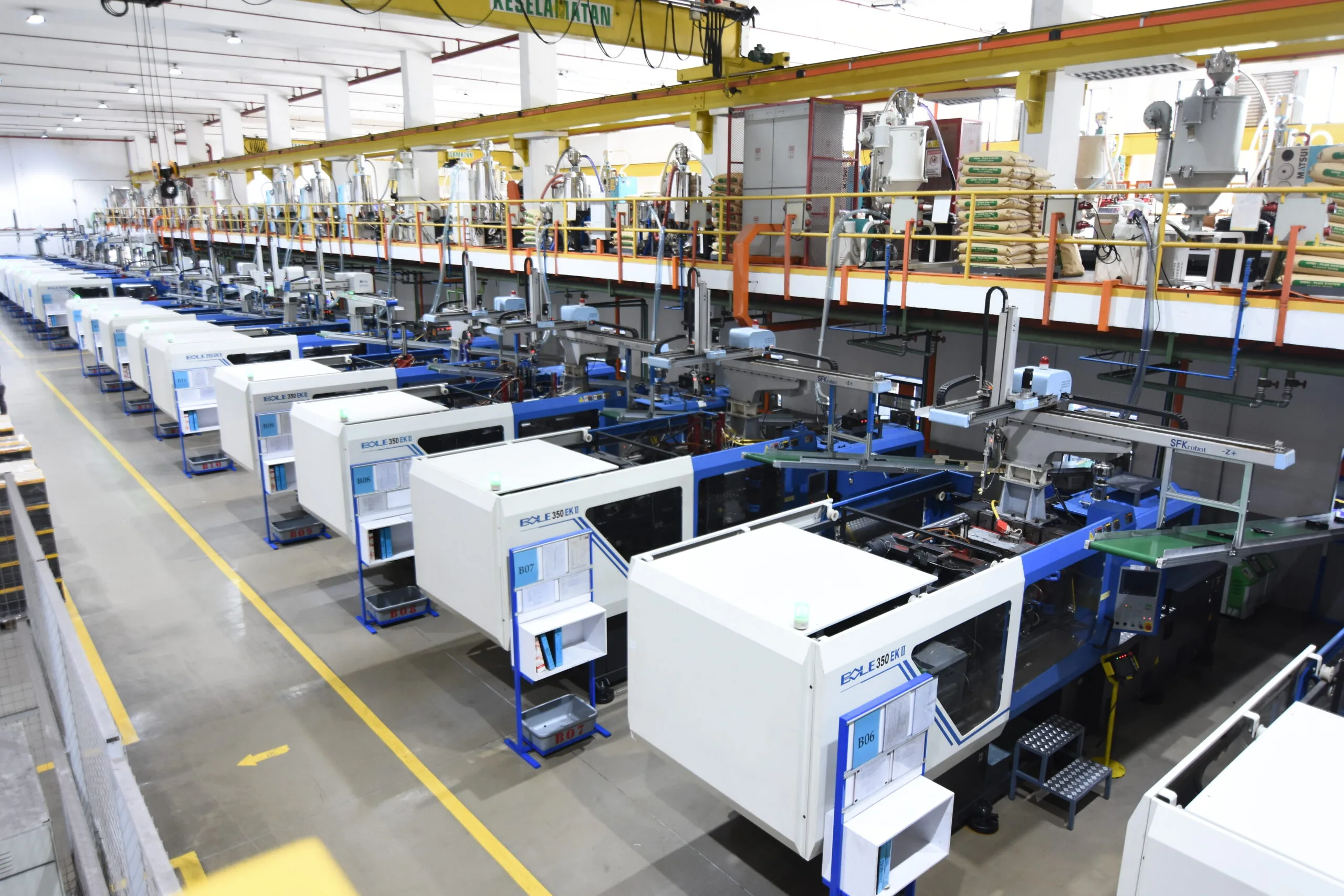The plastic injection moulding industry plays a pivotal role in Malaysia’s manufacturing sector, driving innovation and supporting various industries from electronics to automotive. As the demand for high-quality, precise plastic components continues to grow, Malaysia has positioned itself as a hub for injection moulding services and other prominent plastic injection moulding manufacturers. This article provides a comprehensive overview of the plastic injection moulding industry in Malaysia, highlighting its processes, key players, strategic advantages, and future outlook.
What is Plastic Injection Molding?
Definition and Process
Plastic injection moulding is a manufacturing process used to produce parts by injecting molten plastic into a mould. The process begins with heating plastic materials until they become liquid. This molten plastic is then injected into a mould cavity where it cools and solidifies into the desired shape. The finished product is ejected from the mould, ready for use. This technique is widely utilised for its ability to produce high-precision components in large quantities at a relatively low cost.
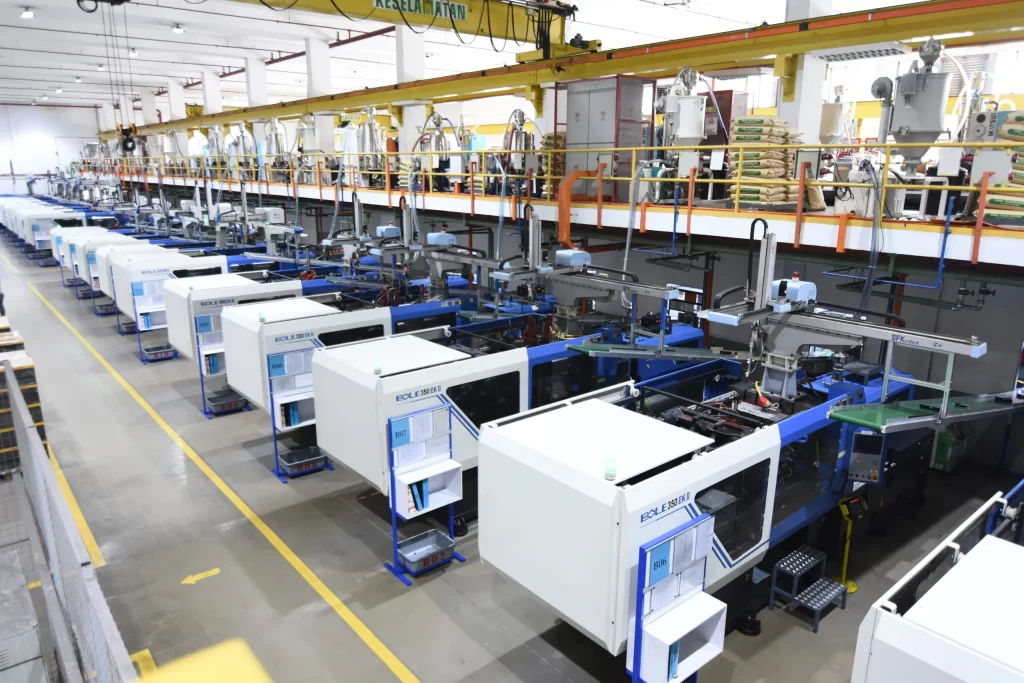
Materials Used in Injection Molding
In the plastic injection moulding industry, various materials are used depending on the application and desired properties of the end product. Common materials include thermoplastics like polypropylene, polyethylene, and ABS engineering material such as PET, PBT, POM, glass-filled material, and PC. Additionally, silicone is often used for applications requiring flexibility, heat resistance, or biocompatibility. Choosing the right material is crucial for ensuring the durability and functionality of the final product.
Different Methods of Molding in the Malaysian Injection Molding Industry
The plastic injection moulding industry in Malaysia encompasses a variety of techniques that provide manufacturers with the flexibility to produce high-quality components. Among these, insert moulding and overmolding are specialised methods that require high precision and offer distinct advantages. Here’s a closer look at these processes:
Insert Molding: Integrating Multiple Materials into One Component
Insert moulding involves placing metal or other components into the mould before injecting plastic around them. This technique is crucial for creating composite parts that combine the benefits of metal and plastic materials.
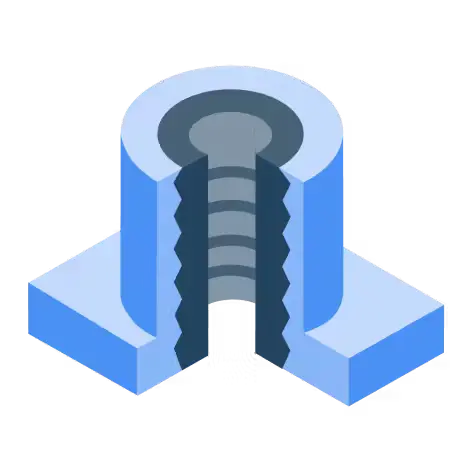
How Insert Molding Works:
- Placement of Inserts: Metal inserts are positioned within the mould cavity either manually or using robotic arms for precision.
- Injection of Plastic: The mould closes, and molten plastic is injected around the inserts, encapsulating them to create a strong bond.
- Final Component: The finished product integrates metal and plastic into a single, cohesive part.
Applications of Insert Molding:
- Automotive: Reinforced plastic components with metal threads for secure fastening.
- Electronics: Circuit board housings with metal inserts for better durability and heat dissipation.
- Medical Devices: Plastic parts with embedded metal for improved strength and biocompatibility.
Advantages of Insert Molding:
- Reduced Assembly Costs: Eliminates the need for secondary operations by integrating multiple materials in a single process.
- Enhanced Part Performance: Combines the strength of metal with the versatility of plastic, creating durable and lightweight parts.
- Increased Design Flexibility: Allows for complex designs that would be challenging to achieve with standard moulding techniques.
Challenges of Insert Molding:
- Design Complexity: Requires precise control and understanding of both plastic and metal properties.
- Higher Initial Costs: Specialised tooling and additional steps increase upfront investment.
Overmolding: Combining Different Materials for Enhanced Functionality
Overmolding is a process where a pre-molded part is placed into a second mould, and additional plastic is injected over it. This technique is ideal for creating multi-material parts that require different properties, such as a hard core with a soft outer layer.

How Overmolding Works:
- Initial Moulding: A component is first moulded in a primary material, often rigid plastic.
- Secondary Moulding: The pre-molded component is placed into a second mould, where a different type of plastic is injected over it.
- Final Product: The result is a single part with multiple materials bonded together for functional or aesthetic purposes.
Insert Molding vs. Overmolding Comparison Table
| Insert Molding | Overmolding | |
| Features | ||
| Process | Metal inserts placed in mould before injection | Pre-molded part placed in a second mould |
| Material Use | Combines plastic with metal or other materials | Combines multiple types of plastic |
| Typical Applications | Automotive parts, electronics housings, medical devices | Tool handles, electronic casings with soft grips |
| Challenges | Requires precise control and tooling | Risk of debonding, longer cycle times |
| Benefits | ||
| Cost Efficiency | Reduces need for secondary assembly | Eliminates adhesives, reducing assembly costs |
| Durability | Enhances part strength and wear resistance | Combines soft and hard materials for robust components |
| Design Flexibility | Allows complex, multi-material designs | Adds visual and functional complexity |
| Part Integration | Integrates metal and plastic in a single process | Creates a single part with multiple materials |
Choosing the Right Molding Method
When selecting between insert moulding and overmolding, consider the following factors:
- Product Requirements: Evaluate whether the part needs the strength of metal inserts or the flexibility of multiple plastics.
- Design Complexity: Assess the design feasibility for each process based on part geometry and material compatibility.
- Cost Implications: Consider the initial investment and per-unit cost of each method.
By understanding these advanced moulding techniques, businesses can make informed decisions to enhance their product offerings and manufacturing efficiency in Malaysia’s growing injection moulding industry.
Why Malaysia for Plastic Injection Molding?
Strategic Advantages
Malaysia’s strategic location offers significant advantages for the plastic injection moulding industry. The country is in proximity to essential raw materials and major logistics hubs, facilitating efficient production and distribution. Furthermore, Malaysia boasts a highly skilled workforce well-versed in the latest technologies and manufacturing techniques, ensuring high-quality production standards.
Competitive Cost Structure
Manufacturing in Malaysia is cost-effective compared to other Southeast Asian countries. The competitive cost structure makes it an attractive destination for businesses looking to minimise expenses without compromising quality. Lower labour costs, combined with government incentives for the manufacturing sector, make Malaysia an ideal location for plastic injection moulding companies.
Key Players in the Malaysian Injection Molding Industry
Plastic Mould Maker in Malaysia
Several leading companies specialise in plastic injection mould production in Malaysia, catering to industries such as medical, automotive, and electronics. Plastic injection moulds are critical for manufacturing complex and high-precision components, making these manufacturers essential to the production process in these sectors.
Plastic Injection Molding Manufacturers in Malaysia
Prominent plastic injection manufacturers in Malaysia focus on various specialisations, including electronics, automotive components, and consumer goods. These companies play a vital role in both local and global markets, providing high-quality moulded products that meet international standards.
Notable Malaysia Injection Molding Company Profiles
Successful plastic injection moulding companies in Malaysia set high standards for innovation and quality. Case studies of these companies demonstrate their commitment to excellence, showcasing how they leverage advanced technologies and materials to produce top-tier products.
Applications of Plastic Injection Molding in Various Industries
Electronics and Consumer Goods
Plastic components are integral to the electronics industry, where precision and reliability are paramount. Injection moulding is used to produce housings, connectors, and other parts essential for consumer electronics. Examples include smartphone cases, computer peripherals, and home appliances.
Automotive Sector
In the automotive industry, plastic injection moulding is crucial for manufacturing various components such as dashboards, bumpers, and interior panels. The ability to produce lightweight, durable, and aesthetically pleasing parts makes injection moulding a preferred method for automakers.
Medical and Healthcare
High-precision moulds are essential in the medical sector for producing equipment and devices. Injection moulding is used to create items such as syringes, medical tubes, and surgical instruments, ensuring compliance with stringent quality and safety standards.
Technological Advancements in Malaysia’s Plastic Injection Molding Industry
Automation and Robotics
The integration of automation and robotics in injection moulding processes has significantly enhanced efficiency and precision. Robots handle repetitive tasks, reduce errors, and improve production speed, making Malaysian companies more competitive in the global market.
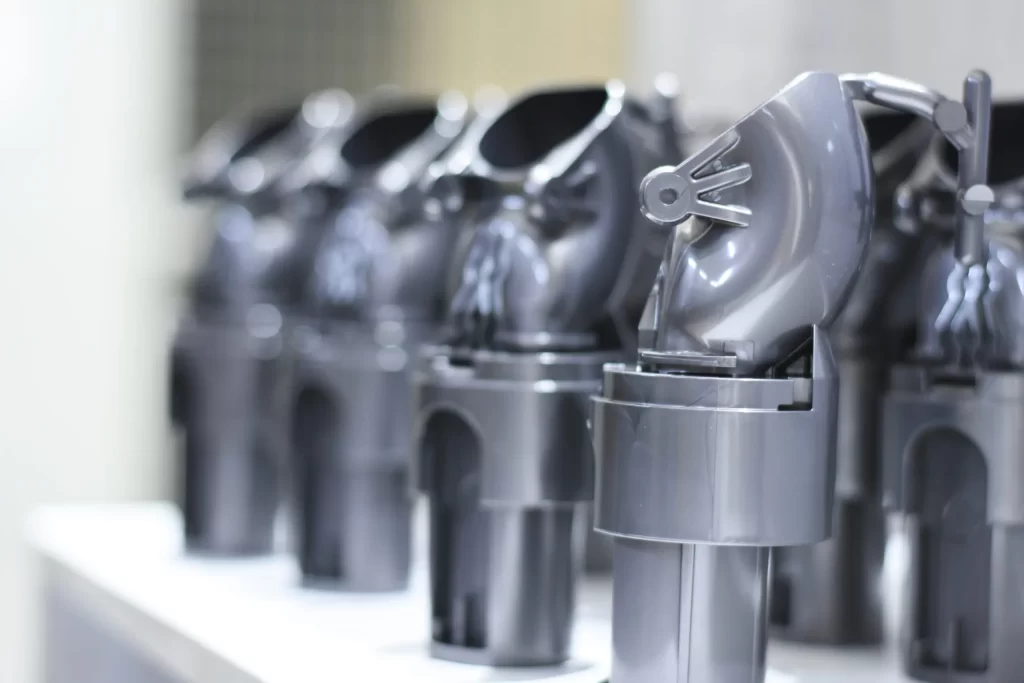
Sustainable Practices
Malaysia’s injection moulding industry increasingly adopts sustainable practices, including recycling and reducing waste. Companies are also exploring eco-friendly materials, reflecting a commitment to environmental responsibility.
Choosing the Right Injection Molding Partner in Malaysia
Factors to Consider
When selecting an injection moulding partner, it’s essential to consider quality standards, certifications (e.g., ISO), and experience with various materials and designs. A reliable partner will ensure product quality and consistency.
Tips for Evaluating Potential Partners
Evaluating potential partners involves asking the right questions during consultations, reviewing their experience and capabilities, and conducting site visits to assess their facilities and production processes.
Future of Plastic Injection Molding in Malaysia
Growth Projections
The plastic injection moulding industry in Malaysia is expected to grow, driven by increased demand across sectors such as automotive, electronics, and healthcare. Technological advancements and a focus on sustainability will further enhance industry prospects.
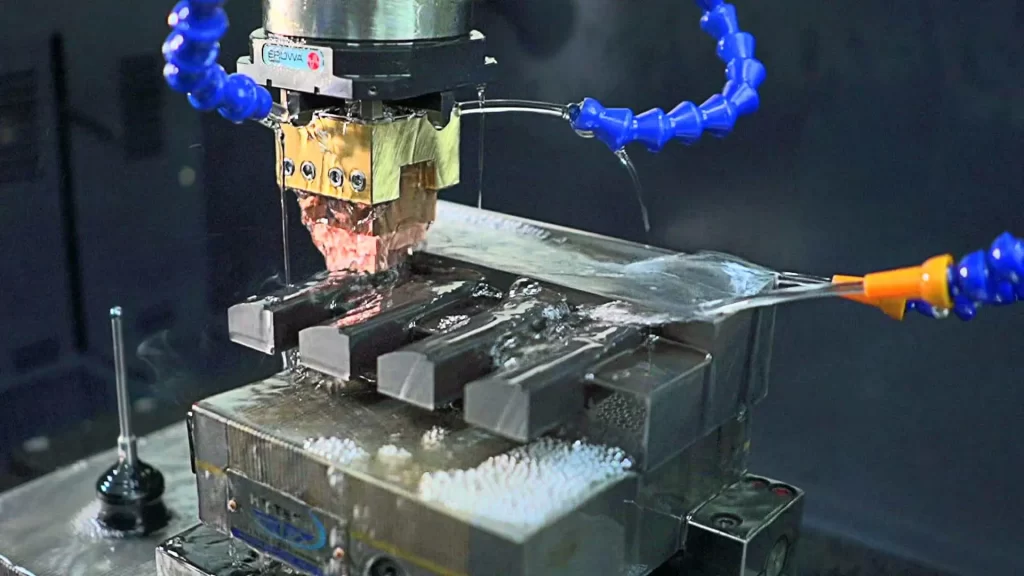
Challenges and Opportunities
While the industry faces challenges like raw material supply constraints and regulatory changes, opportunities for expansion and innovation abound. Companies that adapt to market demands and invest in new technologies are well-positioned for success.
Conclusion
The plastic injection moulding industry in Malaysia is a vital component of the country’s manufacturing sector, offering numerous advantages in terms of cost, quality, and strategic location. With a strong presence of silicone mould makers and other key players, Malaysia continues to lead in providing high-quality moulded products for various applications. As the industry evolves, businesses must stay informed about technological advancements and market trends to remain competitive.
For more information or to explore partnership opportunities, feel free to reach out to FOZ One, a leading expert in the field.
Frequently Asked Questions
- What are the main materials used in plastic injection moulding in Malaysia?
The main materials include thermoplastics like polypropylene, polyethylene, and ABS. These materials ensure durability and precision, ideal for various industrial needs. - How does automation improve the quality of plastic injection moulding?
Automation enhances efficiency, precision, and consistency by minimising human error and streamlining production processes. This results in high-quality products, reduced waste, and faster turnaround times, which FOZ One excels at delivering. - What industries benefit most from injection moulding services?
Industries such as electronics, automotive, medical, and consumer goods benefit greatly from injection moulding. It provides them with the ability to produce high-quality, precise components essential for their products. - How do I choose the best plastic mould maker in Malaysia?
Look for manufacturers with proven experience, ISO certifications, and a strong reputation for quality and innovation. FOZ One stands out by offering reliable, high-precision plastic moulding services tailored to meet diverse industrial needs. - What are the environmental considerations for plastic injection moulding?
Companies are increasingly adopting sustainable practices, such as using eco-friendly materials and recycling processes. FOZ One is committed to reducing its environmental footprint by implementing green manufacturing practices wherever possible.

